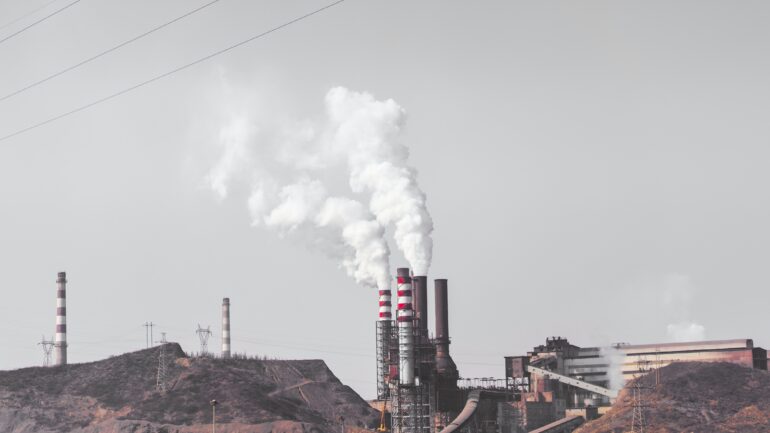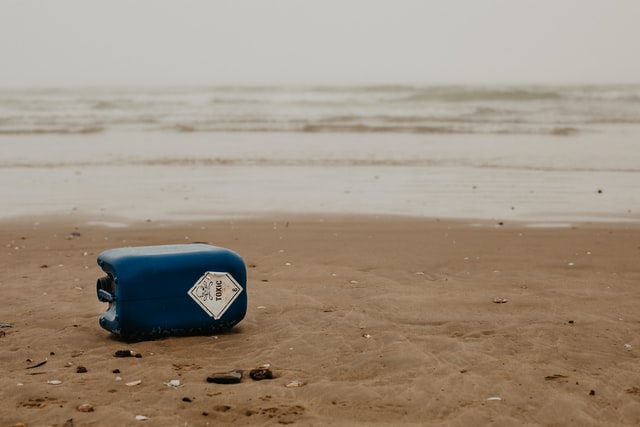By Amanda Fogleman, Researcher and Writer at Save the Water™| March 29, 2021
As the Earth’s population continues to increase, securing a stable food source becomes essential. Farmers seek ways to expand food production but face major issues. Farmers and others see pesticides and herbicides as solutions. Pesticides, however, have their own drawbacks. Fortunately, scientific research on the long-term consequences of pesticide use continues to grow. However, we still need to discover a lot about how pesticides spread and behave in groundwater.
Pesticide Use and Application
People apply pesticides routinely in both agricultural and residential settings. After application, the pesticides can infiltrate into the groundwater. An aquifer is a natural reservoir of water underground; once the pesticides have entered an aquifer, the groundwater flows and can move the pesticides to other areas. About 50% of the United States’ population and 95% of people living in agricultural communities rely on groundwater for their drinking water. Therefore, we need to understand the effects of pesticides on human health.
Pesticides Degradation
Pesticides breakdown, or degrade, into daughter versions of themselves, known as “pesticide transformation products.” Many factors influence degradation, but we know little about how these factors interact. While modern pesticides generally biodegrade into ecologically compatible versions of themselves, they can also degrade into more harmful versions. Every year, people apply about 1 billion pounds of pesticides in the United States. As a result, many scientists want to know more about them.
Pesticides join other human-made substances that have gained attention in recent years. Specifically, scientists have noted that PFASs, the “forever chemicals”, and human-applied minerals as known troublemakers, too.
Influences on Infiltration
Before the mid-1970s, people didn’t understand that pesticides could spread throughout groundwater after application. Rather, people believed that the soil acted as a protective layer that prevented pesticides polluting groundwater. However, as an understanding of hydrogeology increased, people learned that this wasn’t true. So, governments banned many pesticides. Even so, their effects remain. It can take decades for a particular pesticide to become measurable because of the slow process of infiltration and groundwater flow. Today, people identify pesticides as the most commonly detected organic contaminants in urban groundwater, despite growing restrictions and regulations. “Contaminants” refers to a polluting or poisonous substance.
In recent years, scientists have identified many influences on pesticide degradation and persistence. Now, people understand that a combination of many factors influences pesticide degradation and persistence:
- Aquifer porosity: how permeable to fluids an aquifer is
- Soil characteristics: how different types of soils behave
- Historic and modern climate
- Topography: how the natural and artificial physical features of an area are arranged
For example, moderately porous aquifers tend to be better at filtering the pesticides. Meanwhile, karst aquifers (common in Florida and other southeastern states) experience higher flow rates and less filtration. Rainfall majorly impacts the amount of water flowing into the aquifer and thus the amount of pesticides that can enter. Soils that are higher in clay particles can immobilize more pesticides.
Microbial Changes
Pesticides in groundwater can also result in changes in microbial communities. Vast arrays of mostly beneficial microscopic life use groundwater as a home. These organisms can perform important functions, such as degrading contaminants. Certain pesticides impede on these functions by altering microscopic community structure and influencing selection for resistant strains. So, the organisms can no longer remove harmful contaminants from water as efficiently.
Legislation and Changes
Even though research about pesticides in groundwater and their effects on human health and ecology continues to grow, we still need to learn a lot. Nonetheless, as scientists shine light on this important subject, some policy changes have come to pass.
People continued to use many of the pesticides introduced after the industrial revolution until they realized the potential harm they could cause in the late 1960s. Today, governments have banned many of these pesticides. Now, people tend to use pesticides that are considered biodegradable. Though the effects of pesticides used decades ago remain, management plans have become more sophisticated and efficient at targeting and eliminating harmful pesticide use.
In both agricultural and residential settings globally, people use pesticides. Legislation has slowed the rates of harmful application and contamination. We still don’t know a lot about the effects of pesticides on microbial community changes to human drinking water.
You can help in different ways:
- Research your local farms and communities to understand the products they are using.
- Get involved in your community and encourage local people and businesses to limit their harmful pesticide use.
- Use biodegradable pesticides when applying them on your own.





